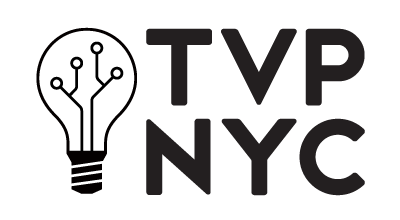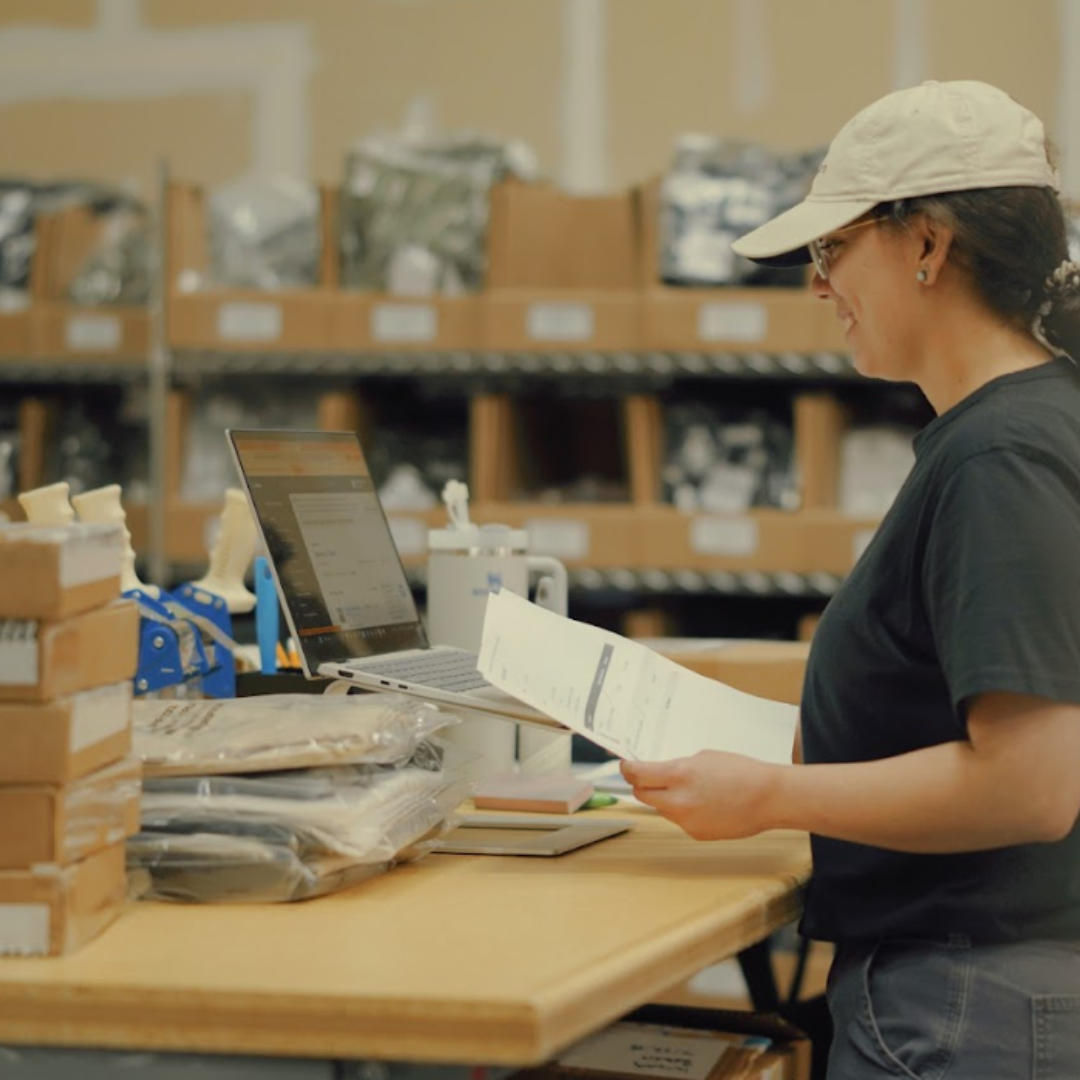As brands scale, one big question always comes up: “Is it time for a 3PL?”
Whether you're shipping 20 orders a day or 2,000, third-party logistics (3PL) can be the rocket fuel for growth. Or, it can be a frustrating bottleneck that slows you down. At TVP, we’ve worked with dozens of founders navigating this decision, and we’ve seen it all: seamless transitions, shipping nightmares, and everything in between.
So we’re breaking down the essentials: what a 3PL is, when to make the switch, what to ask before signing, and how to avoid common traps. Let’s demystify fulfillment.
What Is a 3PL, Really?
At its core, a 3PL is your outsourced logistics partner. They take over:
- Inventory storage
- Order packing and shipping
- Returns processing
Think of it like handing over the backstage chaos while your brand stays center stage. You’re still in control, but someone else is stacking, sorting, and shipping your goods.
What Should a Good 3PL Handle?
Every 3PL should cover the basics:
- Receiving and storing inventory
- Picking, packing, and shipping orders
- Managing returns (or at least facilitating the flow)
But strong partners offer more. Here’s what great looks like:
- Kitting, bundling, or building subscription boxes
- B2B/wholesale fulfillment
- Custom packaging and inserts
- Quality checks before orders go out
- Damaged goods handling
- Support for campaign spikes or seasonal volume
Pro tip: If you’re planning influencer kits, seasonal surges, or limited drops, make sure your 3PL can flex with you.
How Does 3PL Pricing Work?
Spoiler: it’s not always straightforward.
Most fees break down like this:
- Storage: Charged per cubic foot/month or per pallet
- Pick & Pack: Per order or per item
- Shipping: Carrier rates, sometimes with markup
- Receiving: Charged when inventory lands
- Tech/Admin Fees: Setup, integrations, account management
- Peak Season Surcharges: Some 3PLs add these during Q4
Watch out for hidden fees. Always request a full rate card upfront, including minimums, surcharges, and software costs.
When’s the Right Time to Switch?
There’s no magic revenue number. But here are signs it’s time:
- You’re shipping 50–100+ orders/day consistently
- Fulfillment is eating 20%+ of your team’s time
- Shipping errors or delays are hurting your CX
- You’re hiring ops help just to keep up
Volume (not revenue) is the better signal. If your ops are breaking under the pressure, it’s time to outsource.
Questions to Ask Before Signing with a 3PL
The price might look great, but don’t stop there. Ask:
- What’s your order accuracy rate? (You want 99.5%+)
- How do you handle returns and damaged goods?
- Can I get real-time inventory and order data?
- Do you support my stack (Shopify, Amazon, etc.)?
- Are there onboarding fees, minimums, or seasonal surcharges?
- What’s the offboarding process if we need to switch?
And don’t be afraid to ask for references. A solid 3PL will connect you with current clients who can speak candidly.
Red Flags to Watch For
- Long-term contracts with no trial period
- No dedicated account manager
- Vague onboarding timelines
- Poor support or slow replies
- Hidden fees you discover after you sign
If your gut’s uneasy, dig deeper. This is a long-term partner, not a vendor.
Common 3PL Mistakes We See
Don’t fall into these traps:
- Choosing based on price alone
- Underestimating storage or receiving costs
- Failing to plan for Q4 (hello, BFCM chaos)
- Forgetting packaging durability or dimensions
- Overlooking software compatibility or visibility gaps
A misstep here can lead to missed orders, angry customers, and brand damage. Not worth it.
How to Track 3PL Performance
Your 3PL should be as data-obsessed as you are. Look for:
- Order accuracy above 99.5%
- Inventory accuracy above 98%
- Damage rates under 1%
- Same-day shipping if orders hit the cutoff
- Clear reporting on storage, costs, and returns
- Proactive insights from your account rep
If you’re constantly chasing down answers, that’s a red flag.
Bonus Tips from the Trenches
- Returns: Aim for 48-hour turnaround. Ask how inspections and restocking are handled.
- Inventory forecasting: Your 3PL should flag low SKUs or seasonal trends, not just ship boxes.
- Warehouse strategy: One 3PL with bi-coastal warehouses often beats juggling multiple providers.
Your 3PL = Your Brand Experience
Customers don’t care who shipped their order. If it’s late, damaged, or wrong, they blame you.
That’s why a good 3PL isn’t just about logistics. It’s about protecting your brand, reputation, and customer loyalty.
If you’re considering a switch, or feeling stuck in your current setup, reach out. We’ve helped brands vet, switch, and optimize their fulfillment partners, and we’re happy to share what we’ve learned.
Fulfillment doesn’t have to be painful. Let's make it a growth lever. Talk to us.



